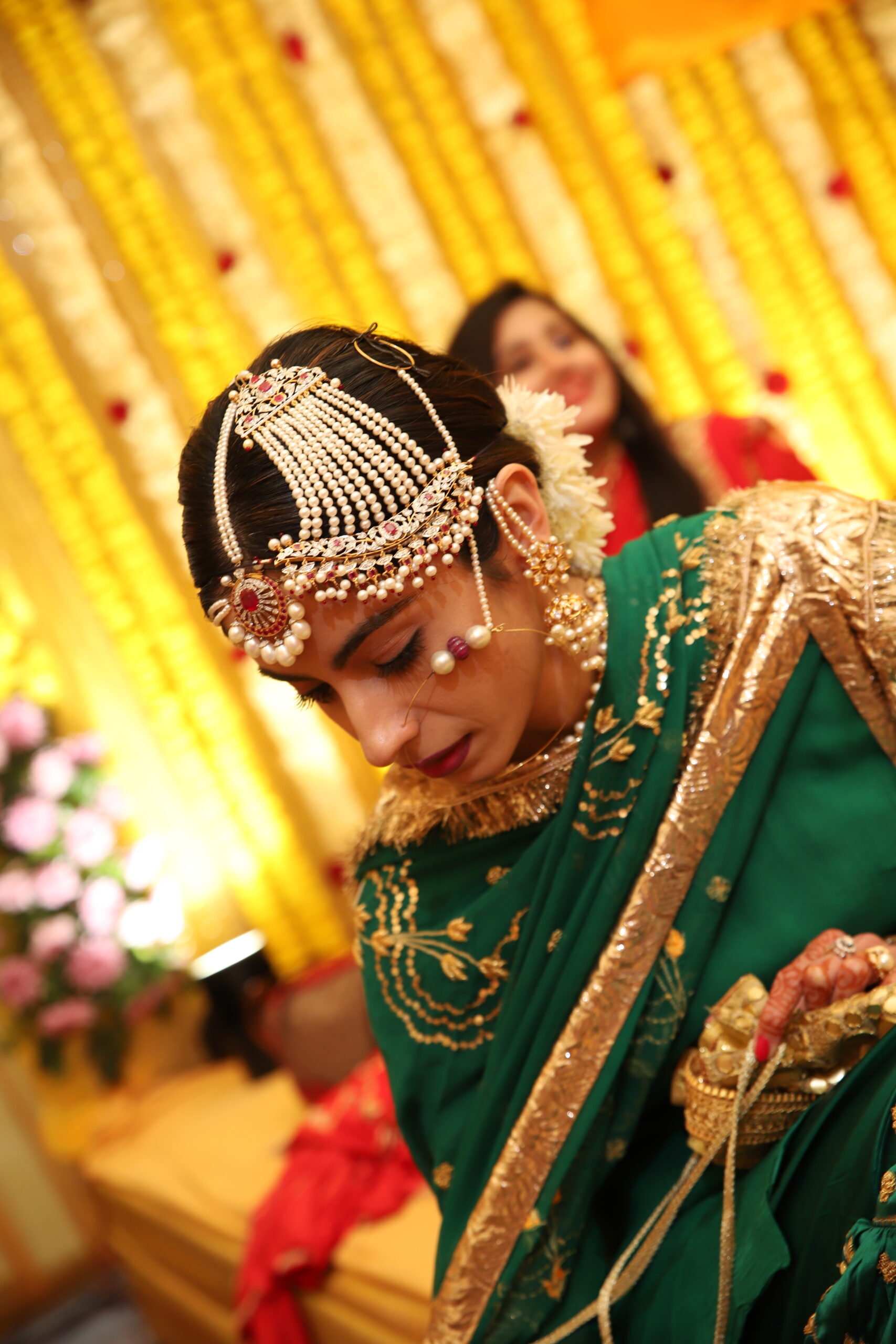
Fondly called Naved bhai by all, the handsome Nawab of Rampur, Kazim Ali Khan wears many hats. He is a politician who also served as the Minister of Tourism in Uttar Pradesh Government. He loves fashion, not just creating fables through fashion shoots of Laila Majnu and Sohni Mahiwal, but also recreating the beauty of the begums of yore by stylish both his beautiful daughter in laws at their weddings.
Indeed, the world witnessed the spectacular way he restored the farshis worn by his beautiful mother Begum Noor Bano and his grandmother, Rafat Zamani Begum for both his beautiful daughter in laws to wear at their Nikah. The feisty begums and nawabzadis of Rampur of the past were known for their spectacular jewels and costumes. Especially his grandmother Rafat Zamani Begum, who is often referred as the most beautiful and beloved wife of his grandfather Sir Raza Ali Khan Bahadurwho in many ways was seen as the architect of the modern state that always was seen as the cultural cauldron of Princely India. Music maestros like Begum Akhtar and Mirza Ghalib residing there for long tenures, the entire entourage of chefs from Wajid Ali Shah’s Avadh working in his kitchens once the Nawab was exiled in Kolkatta.
To me he is not just a strong ally in my quest to keep royal cultures alive, he is also a maestro in recreating Rampur of the past. Especially the cuisine that is often called the source of all genre of Mughal and other royal courts. Rampur rose in prominence as the ‘university’ for most of the khansamas from the Mughal and other royal courts. This perhaps explains why Rampuri cuisine seems to be influenced by so many cuisines, importantly the Mughlai, Afghani, Lucknowi, Kashmiri and Awadhi cuisines.
With so many specialty chefs at their disposal, the Nawabs finally began developing their own cuisine, which till the time was predominantly Pasthun style. In other words, meat heavy made with less spice and mostly grilled. Explains Kazim Ali, “Rampuri cuisine unlike the other muslim cuisines is not very high on kewda and other essence. We focus on creating innovative cooking techniques using, for instance,The usage of bottle gourd and papaya to tenderize meat for kebabs and curries first began in Rampuri kitchen, and also the use of varq. Our chefs used is cleverly instead of the parda made of maida!”
The nawab, when not showcasing the famed Raza library and the mahal to guests is busy working in his state of the art kitchen in his palace supervising his chefs as they revive some of the signature dishes of Rampur. The Dal Khichada, made of rice and lentil kernels carved out of almonds and pistachios, the gulab ki kheer where rice is sprinkled with fresh rose petals, mirchi ka halwa that strangely is nything but sharp in taste. Why even the meat ka halwa that no one can guess is made from red meat.
There are many exclusive takes to Rampuri food. TheRampuri Chaat Masala, for instance, uses more ginger compared to the Delhi Chaat Masala; the Rampuri Korma—unlike regular ones with a white gravy rich in cashew nuts—is identified by its red gravy, which is not due to red chillies but tomatoes.In fact, the royal kitchens were famous for using ingredients like lotus seeds, banana flower, khus ki jhad (roots) and sandalwood to give their dishes a unique flavour.